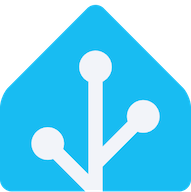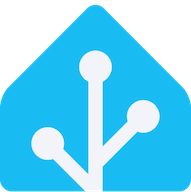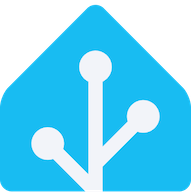Big first year, bigger second

Welcome to the April edition of the Open Home Foundation newsletter, the place to learn about the latest and greatest things for your smart home that improve its privacy, choice, and sustainability.
The Open Home newsletter is written by Paulus Schoutsen - President of the Open Home Foundation, and founder of Home Assistant. Was this email forwarded to you? Subscribe here!
This month marked the first year of the Open Home Foundation, which launched at our annual State of the Open Home 2024 event. This annual event is a chance to look back and make some exciting announcements. State of the Open Home 2025 allowed us to celebrate this first year of the Foundation and discuss its future, and it's highly worth a watch. But as I like to do with this newsletter, I’d like to dig a bit deeper and explain how we’re setting up for an even bigger year two.
Year One
When we first envisioned the Foundation, the premise was simple: put projects that are good for the Open Home into a place immune to commercial interests. We would put the user at the center of all our work, pushing forward the fundamental values of privacy, choice, and sustainability. I donated Home Assistant, and other vital community projects like ESPHome, Wyoming, and Zigpy did the same.

The reception from our community and the press was really encouraging. People seemed to understand the significance and the mission, but I don’t think they quite understood how far we would take this concept in the first year (and trust us, we’re going to take it further). Here are my big highlights month-by-month:
- May 2024: We launched the first Home Assistant roadmap, explaining how we’ll use research to identify and solve problems (a good example is the updates to dashboards).
- August 2024: Works With Home Assistant became administered by the Foundation; this renewed focus helped bring in Aqara, Apollo, Motionblinds, Reolink, and Eve.
- September 2024: I joined the Z-Wave Alliance board—a great sign of how the smart home industry sees open source as the future.
- October 2024: Home Assistant was part of the GitHub Universe keynote and was named the most active open-source project.
- December 2024: We launched Home Assistant Voice Preview Edition, our first voice assistant hardware, built with multiple foundation projects. DuckDuckGo also donated to support our mission that month.
- January 2025: We wrapped up our community survey with 8,600 responses, helping shape future improvements.
- February 2025: We began recurring donations to key open-source projects like Buildroot, Alpine, and aiohttp.
- March 2025: Home Assistant and our Matter Server earned official Matter certification. Also, that month, the Foundation was named one of Fast Company’s top 10 most innovative consumer electronics companies.
Setting up for Year Two
Wow, that was a lot of stuff. People keep asking how the Foundation and its projects accomplish so much. The answer is easy: it's the community. They give their time to develop these projects, and they support the Foundation by buying Home Assistant Cloud and our official hardware. As the community has grown, so has the Foundation. Throughout 2024, we used this opportunity to hire more developers from the community, as well as a range of other talent across research, logistics, and more.
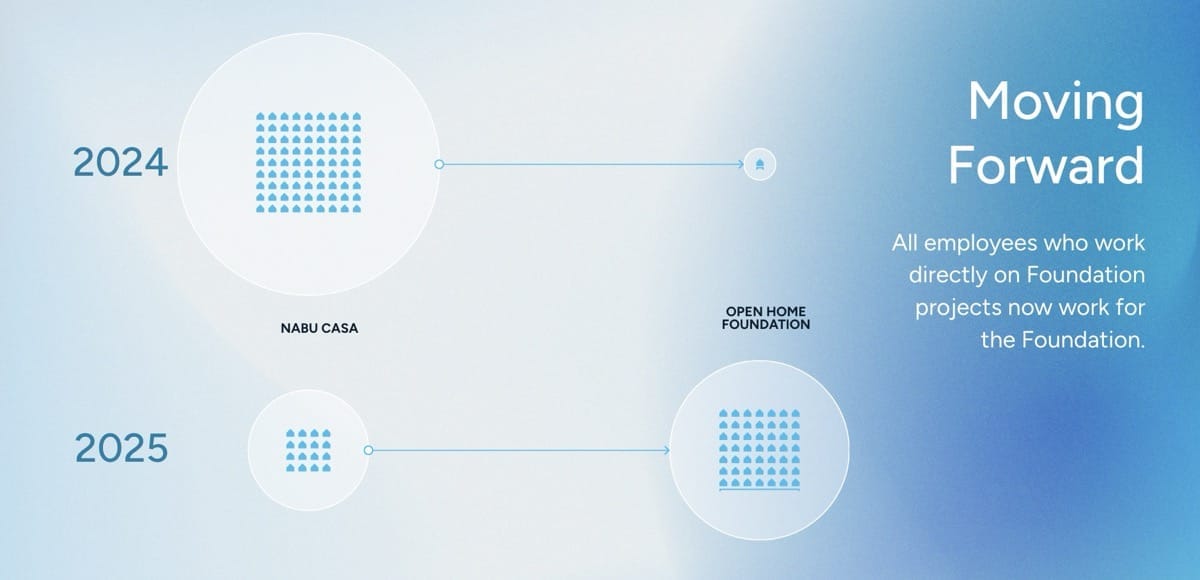
Originally, Nabu Casa hired these staff and then dedicated their time exclusively to a project like Home Assistant. Eventually, Nabu Casa reached 50+ full-time employees! Before the Foundation existed, this made sense as a way to pay developers working full-time on these projects. Now, they can be employed by the organization that directly oversees and supports the projects they work on. That’s why we shifted over 39 full-time project staff from Nabu Casa to the Open Home Foundation.
Staff at Nabu Casa will continue to develop and support Cloud and official hardware, while Foundation employees will work on Open Home projects. Day-to-day, nothing fundamentally has changed, but it provides an extra layer of separation between this commercial partner and these projects. As CEO of Nabu Casa, I can confidently say that our team remains driven by the Open Home mission. In fact, the role is clearer than ever; Nabu Casa is there to serve the Foundation–helping it build, distribute, sell, and support products that fund the Foundation’s work.
A solid structure
As staff moved over to the Foundation, we added more structure to how we work on projects. Our developers are now organized into two distinct teams: Home Assistant and Ecosystems. Most Foundation staff spend the majority of their time on Home Assistant, so it made sense to establish it as its own department. Frenck will transition from Head of Home Assistant Engineering to Home Assistant Lead for the Foundation.
Ecosystems is the new term we’re using to describe all our other Foundation projects. This includes our DIY smart home device platform ESPHome, voice assistant technologies (Piper, Wyoming, and Speech-to-Phrase), and our open standards projects (Zigpy, Z-Wave JS, OHF Matter Server, and BTHome). By establishing a dedicated team—rather than treating these efforts as a loose collection of unrelated projects—we’re giving them the attention they deserve, while thinking more strategically about how we grow these projects. Marcel van der Veldt, formerly Tech Lead for Matter, has been promoted to Ecosystems Lead.
Taking things further
The Open Home Foundation recently received tax-exempt status in Switzerland, where we are based. This is not a simple process, but an important one. Nabu Casa, as a commercial company, already pays all applicable taxes on the products and services it sells, so this change doesn't affect that. Instead, it allows the Foundation to make the most of its funding from Nabu Casa and makes it easier for more organizations to donate to the Foundation.
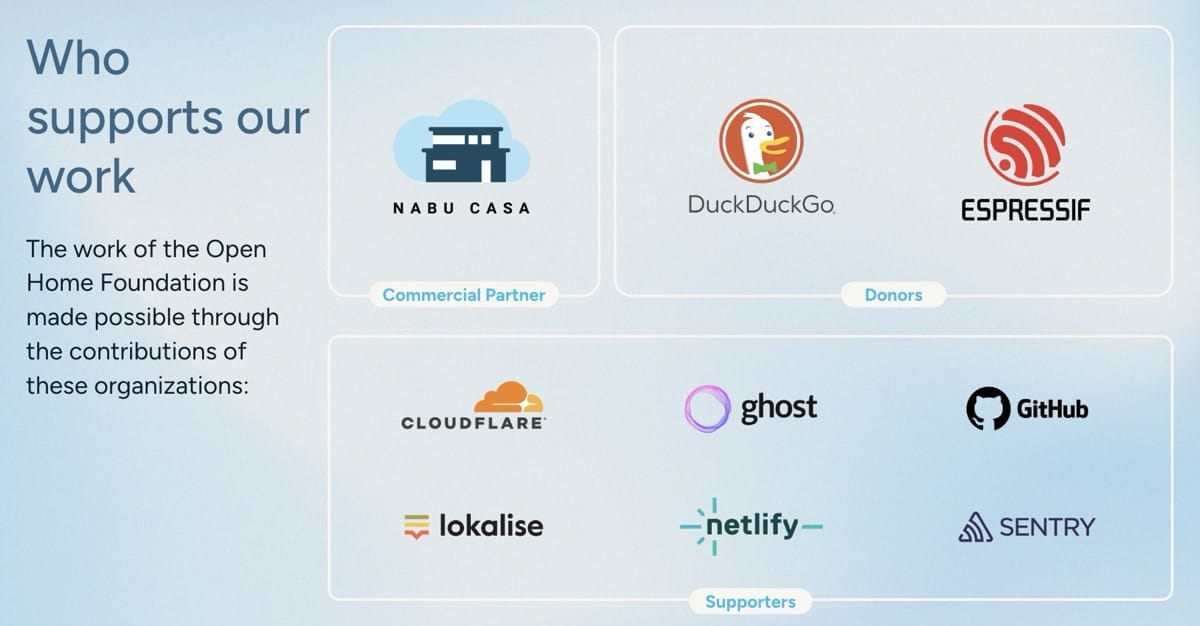
Speaking of donors, just recently, Espressif donated $25,000 to the Foundation. Espressif designs many of the chips that power ESPHome, along with many of your favorite smart home devices. Needless to say, we have a special relationship. They are supporting Open Home software development to help drive the DIY sensor and controller revolution forward. A big thanks goes to Espressif for their support.
Financial donations are always welcome, but we also truly cherish it when creators donate their projects to the Foundation. At State of the Open Home 2025, it was announced that Music Assistant (by Marcel van der Veldt) and Home Assistant Community Store, better known as HACS (by Joakim Sørensen), have become part of the Open Home Foundation.
These are not just popular projects—they play a critical role in shaping the future of the Open Home. HACS has become the incubator for innovation within Home Assistant, enabling new ideas and community-driven experiments to flourish. Music Assistant, on the other hand, directly addresses a deeply felt need among users—to have more control over their music and their music players, all while being more deeply integrated into their smart home. As always, when projects become part of the Foundation, the community continues to drive the project's direction, but the Foundation now ensures they have the support they need.
The next big thing
The Open Home Foundation doesn’t just adopt existing projects—sometimes, when gaps exist in the Open Home, we need to build solutions from the ground up. This year, we’re having the Ecosystems team take on a big project that could become as significant as ESPHome or Home Assistant—we want to build a Device Database.
We're in the early stages, carefully considering what it could become and how it might function. In essence, valuable knowledge about devices is scattered across posts and forums, making it hard to find and easy to lose. We believe a Device Database could harness the collective intelligence of our community, and would help Open Home projects better understand the devices they’re connecting to, which could have massive benefits (as Madelena explains incredibly well in her State of the Open Home 2025 segment).
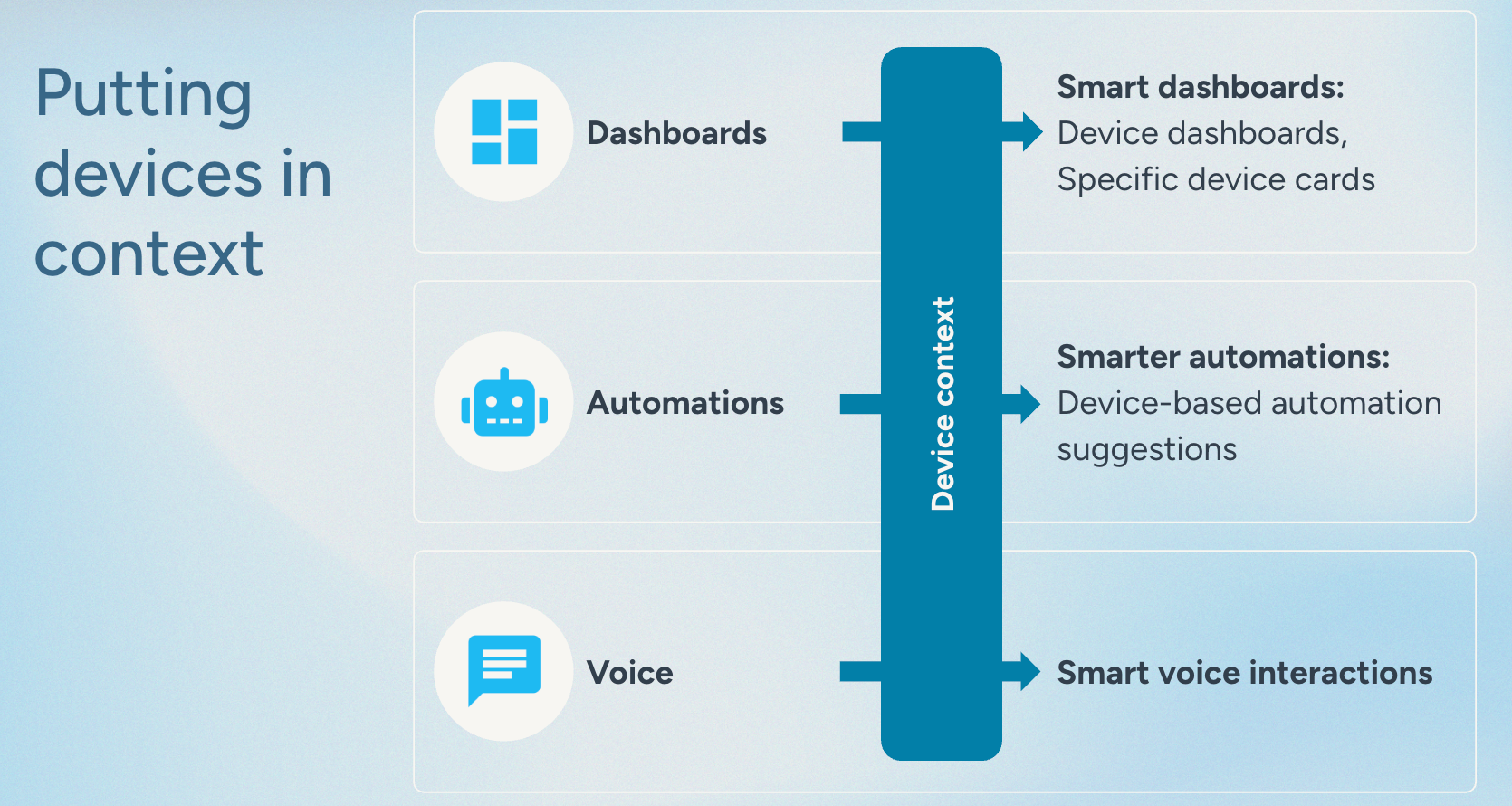
Building the Device Database is a monumental undertaking… you know, cataloging every smart device in existence. Together, we built the most capable smart home platform, so I think we can handle it. This is the ideal project for our Ecosystems team to focus on, as they are the driving force behind new projects, ensuring they receive the support needed to grow and scale.
Don’t miss your Home Assistant Community Day meetup!
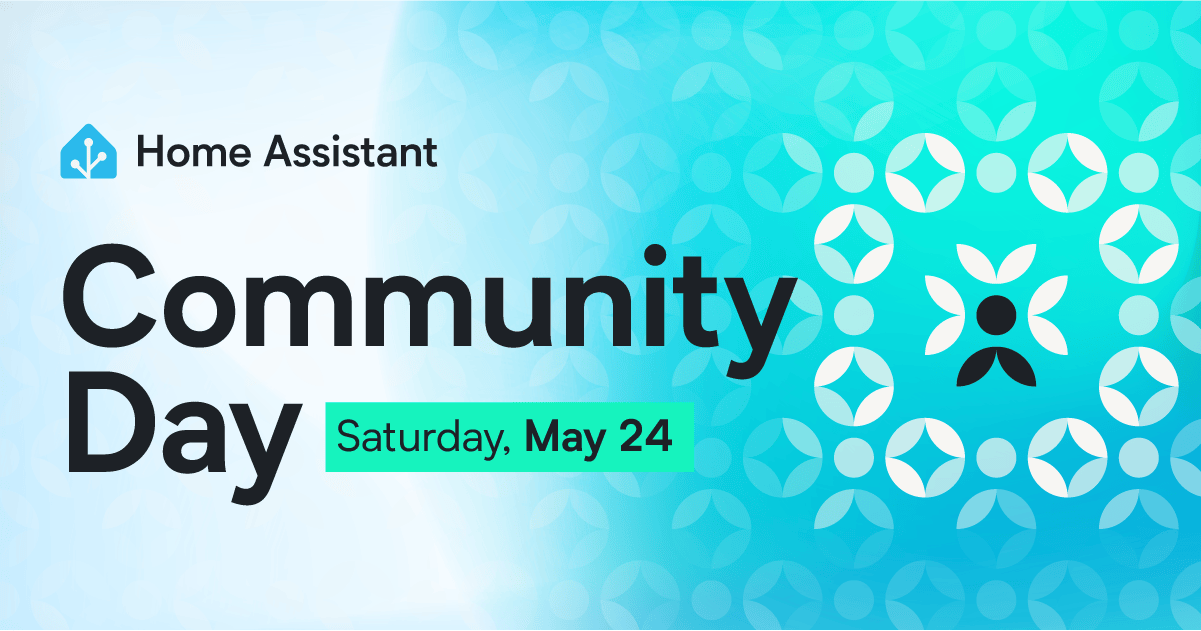
Our first Home Assistant Community Day will be on May 24th this year 🎉! Sign up to attend one of the over forty meetup events happening across four different continents. These are casual meetups, all about hanging out with new people and talking about smart homes. Every event has a limited number of places, so register before they run out (Utrecht is already filled, with London and Brooklyn filling up fast). If you don’t see an event in your city, take a look at our blog on how to host your own.
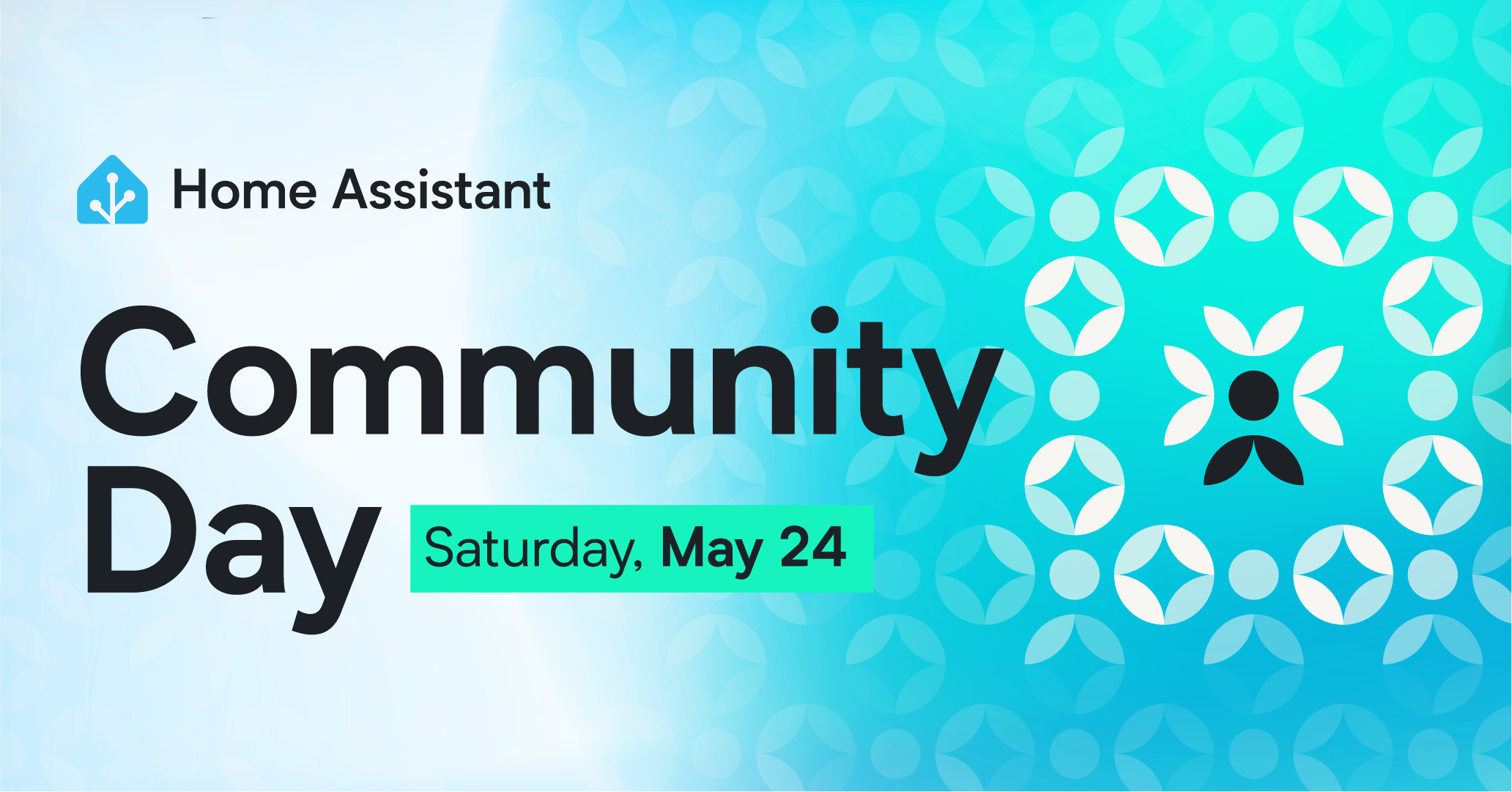
Reolink and Eve join Works With Home Assistant
April brought two exciting new partners to our Works with Home Assistant program: Reolink and Eve! Reolink is bringing the first certified cameras and doorbells to the program, including battery-powered and wired options, as well as devices with PoE and Wi-Fi connectivity. Meanwhile, Eve has certified several Matter-over-Thread devices, including our first smart radiator valve, outdoor weather sensor, outdoor outlet, and more. Both Eve and Reolink are great additions to the program, both with industry-leading devices, while being focused on local and private control.
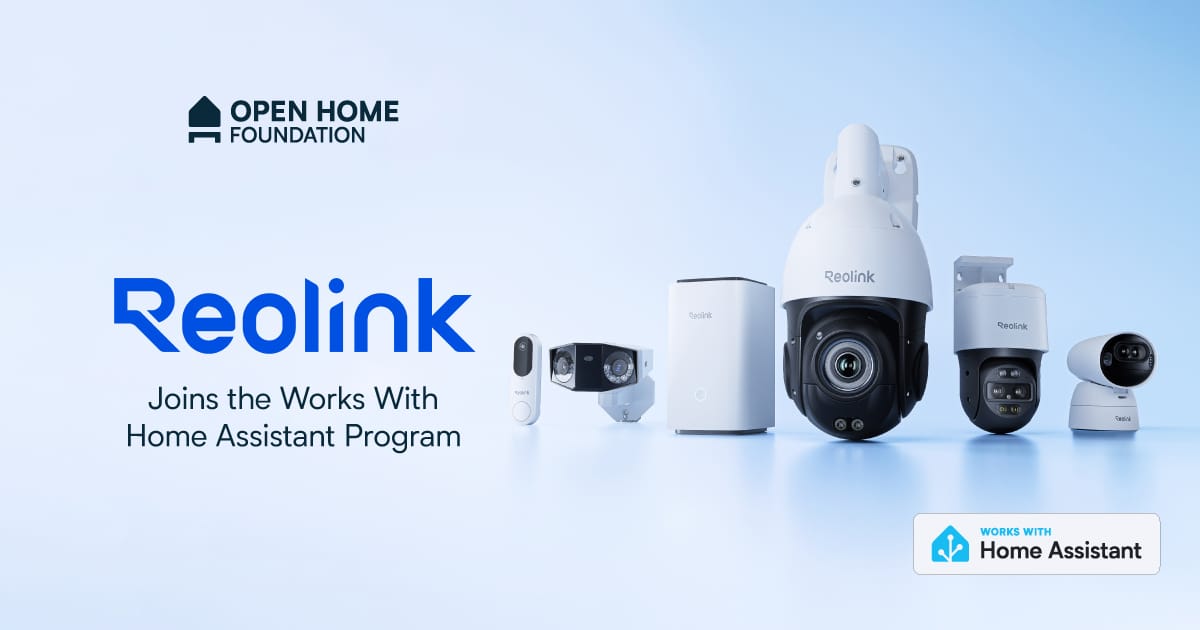
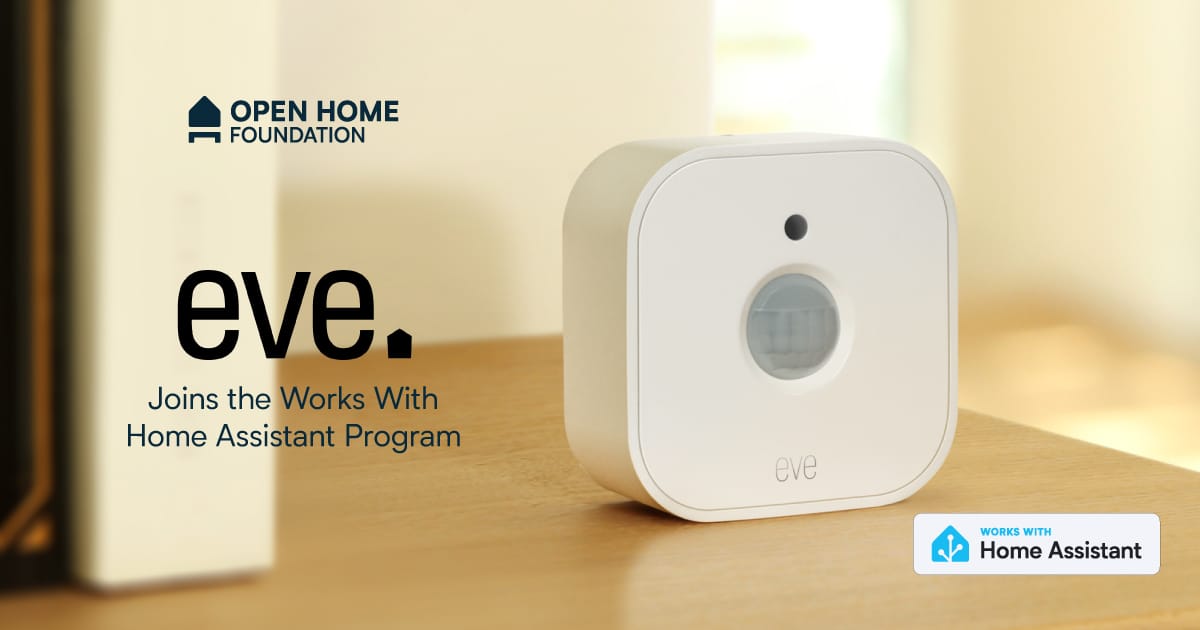
Home Assistant 2025.4: Time to update your dashboard
Home Assistant 2025.4 introduces several great new features. A new experimental Areas dashboard is now available, providing automatically generated yet configurable layouts. A sleek new customizable clock card has been added to better match your tile cards. Plus, restoring your setup is easier than ever—just log in with your Home Assistant Cloud account. This is just scratching the surface–check out the release notes for all the updates.
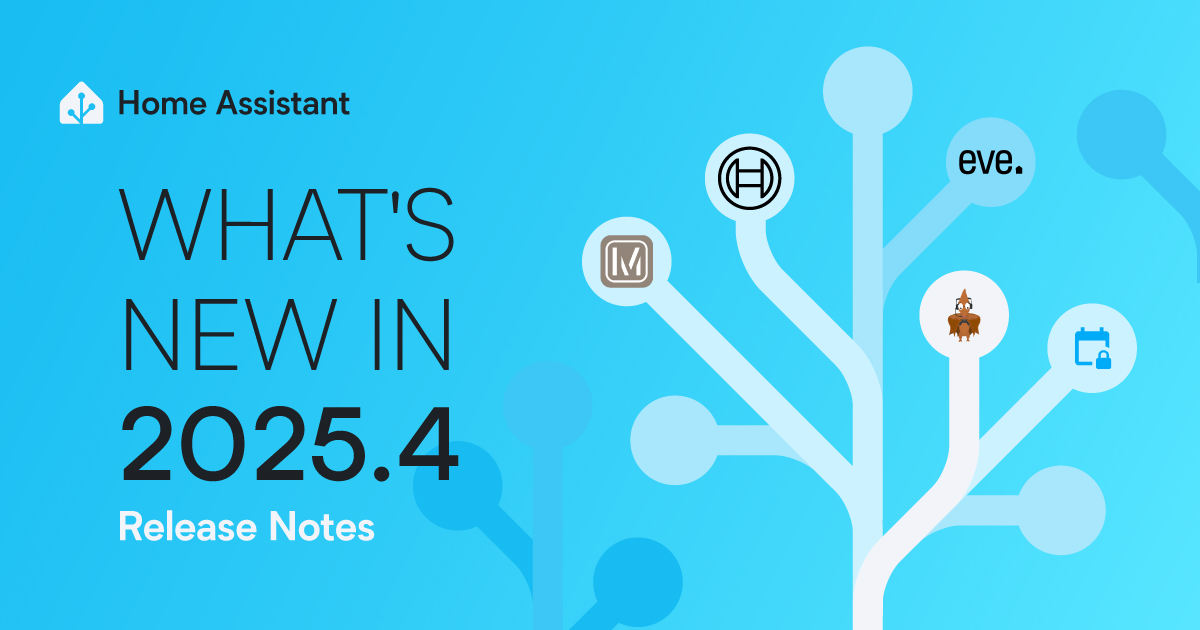
Community highlights
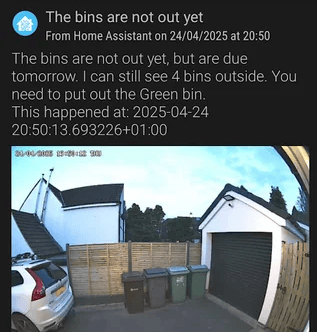
I can’t think of a better use for the cloud than to count bins. u/daern2 has written some logic to count bins with Gemini, and remind them to take them out and lock up.
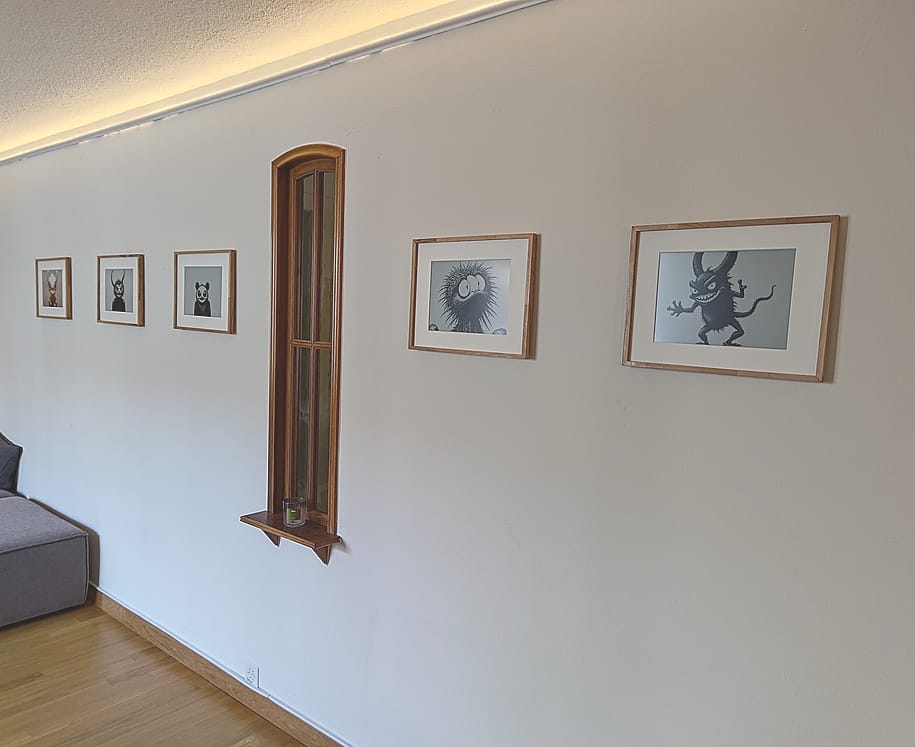
@charnley made multiple e-ink frames to show AI art, generated daily and locally. The frames can be powered by an ESP32 or Raspberry Pi, while Home Assistant coordinates it all.
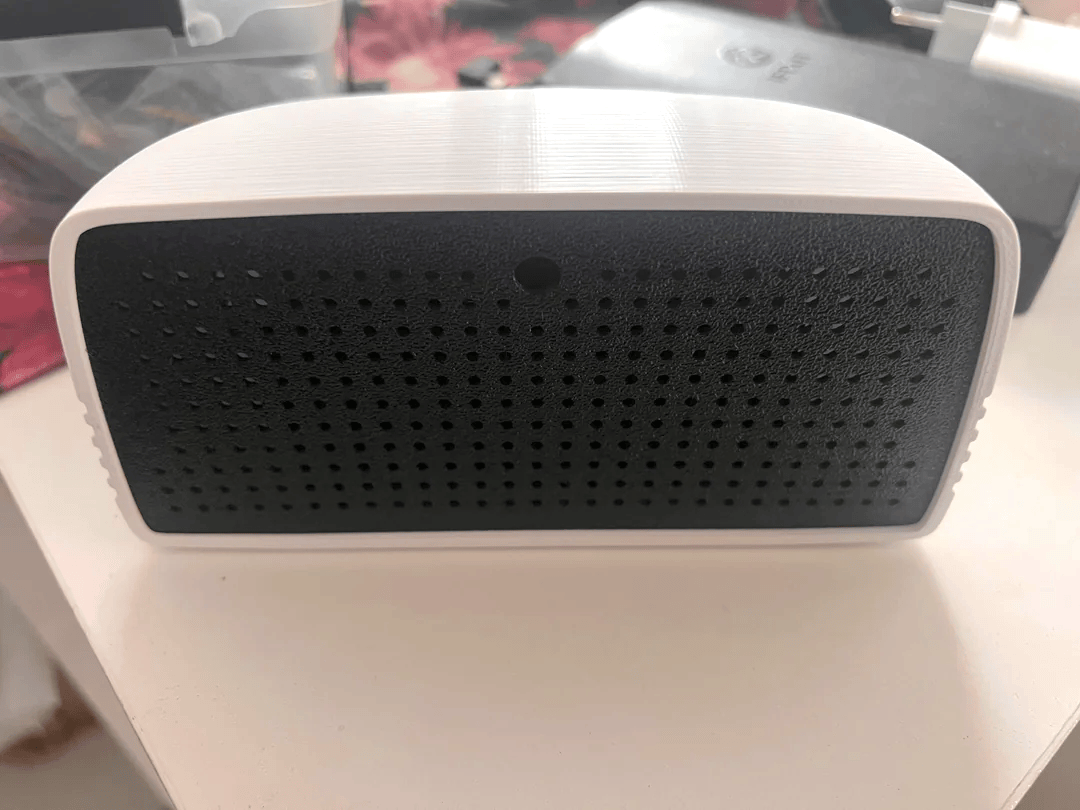
u/dudzio1222 deserves a waffle party for designing this 3D-printed Assist speaker. It is powered by a Pi and reSpeaker and uses an LLM to communicate with Lumen management 😅 – resignations often rejected.
In other news
- Google is killing software support for early Nest Thermostats. Ten years of support isn’t terrible, but if they built a proper local API this would be a non-issue. (Chris Welch, Verge)
- Perplexity CEO says its browser will track everything users do online to sell ‘hyper personalized’ ads. You said the quiet bit out loud–this is the next generation of pre-installed bloatware. (Julie Bort, TechCrunch)
- My Family Hated My Smart Home, So Here's how I Got Them on Board. This is a great story on how home automation should enhance, not further complicate everyone's life. (Adam Davidson, How-To Geek)
Enjoy this newsletter?
Support the Open Home Foundation, subscribe to Home Assistant Cloud
Forward to a friend, sharing is caring.
Anything else? Hit reply to send us feedback or say hello. We read everything!
|



